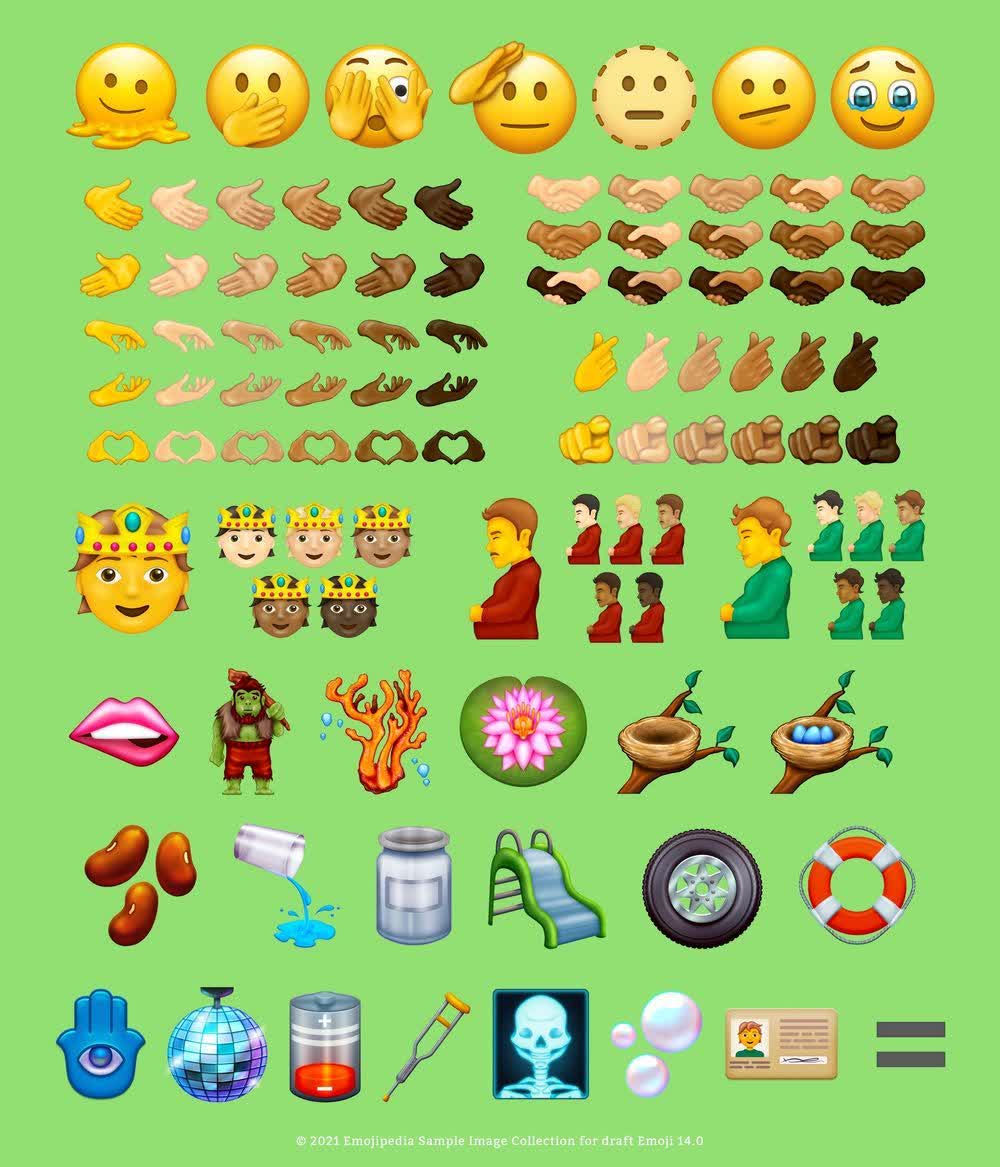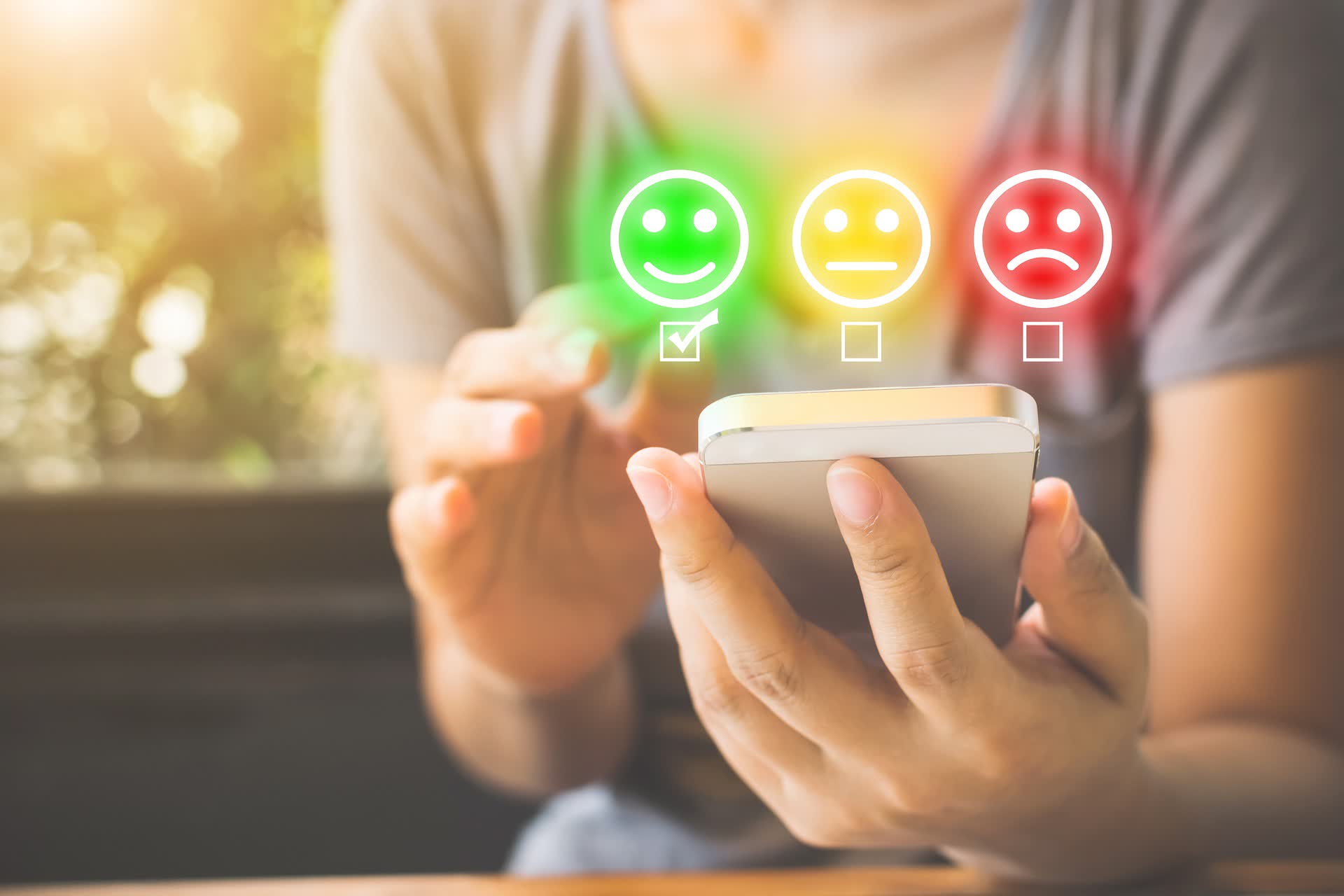The big picture: The Unicode Consortium recently announced the latest Unicode Standard, Version 14. This version brings more than 838 new characters, including 37 emoji characters ranging from biting lips to pregnant persons. The continuously evolving library of usable characters allows users to seamlessly express emotions across platforms, cultures, and language barriers.
The use of emojis on social media platforms has exploded in recent years. As of July 2021, more than 20% of all tweets used at least one emoji available from the Unicode Standard.
The Unicode Consortium recently announced Unicode Standard, Version 14.0. The new standard is designed to further enhance communication across cultures and platforms. It provides additional support for users in countries including India, Indonesia, Malaysia, Pakistan, the Philippines, Africa, and North America.
The new standard brings users 838 new Unicode characters, including five new scripts. Version 14 also has 37 new emojis, including handshakes and heart hands, a melting face, pointing fingers, pregnant people, and even trolls. But it's not all smiley faces and pointing fingers; other additions to the standard include currency symbols, musical notation, and several language-related scripts. With these additions, Unicode officially supports a total of 144,697 characters.

The Unicode Consortium is a non-profit organization responsible for maintaining Unicode standards used worldwide for character encoding. This standardization provides developers and users with the foundation for processing and storing data in any language and across multiple platforms, enhancing the overall ability to exchange information and ideas across cultures, languages, and technologies.
It includes ancient and modern characters, symbols, punctuation, and the widely known emoji images used to convey or punctuate emotion in written, electronic communication. New emojis are pitched to the consortium via proposals submitted by the public. The recommendations are evaluated based on selection factors such as compatibility, usage level, distinctiveness, and completeness.
Emoji originated in Japan in the late 1990s and achieved wider adoption after inclusion in mobile operating systems of the late 2000s. Today the unmistakable images have become a staple of electronic communication. While emojis cannot wholly replace written communication, they have proven extremely valuable in conveying thoughts and emotions to multiple audiences and recipients regardless of their native language.
